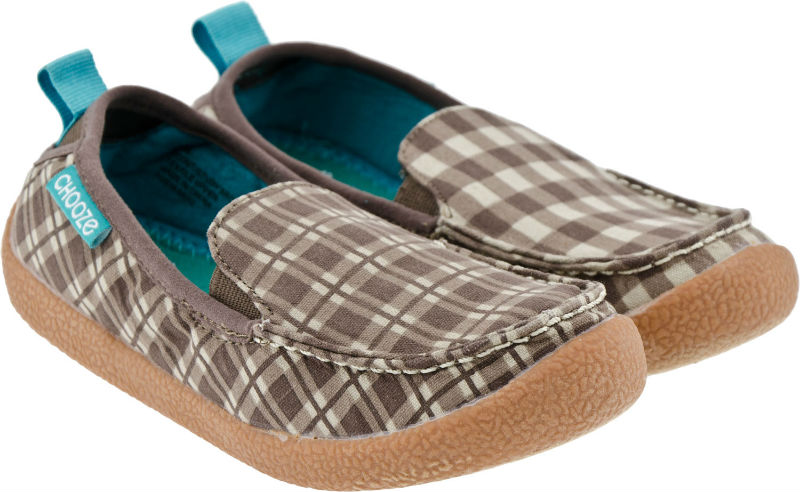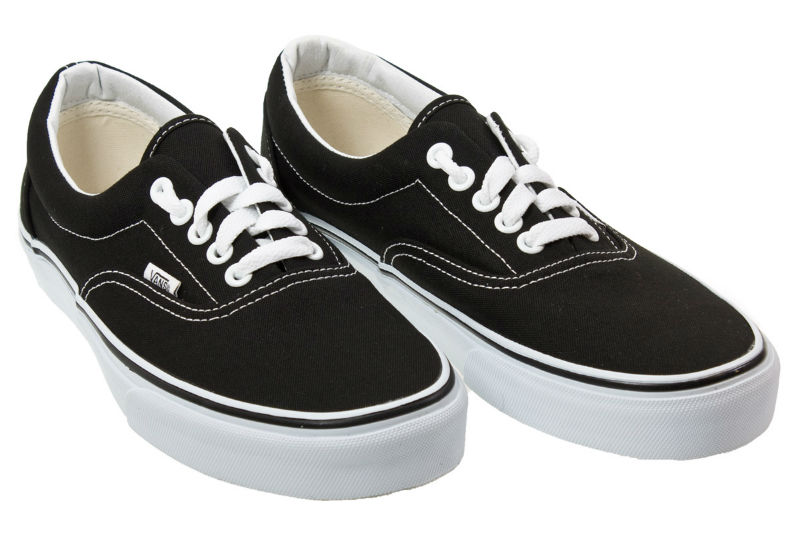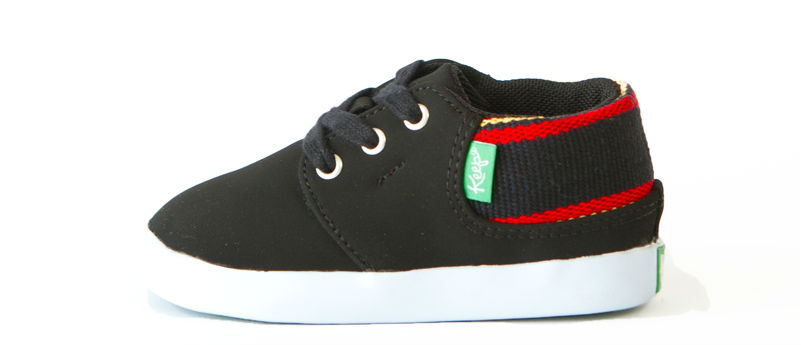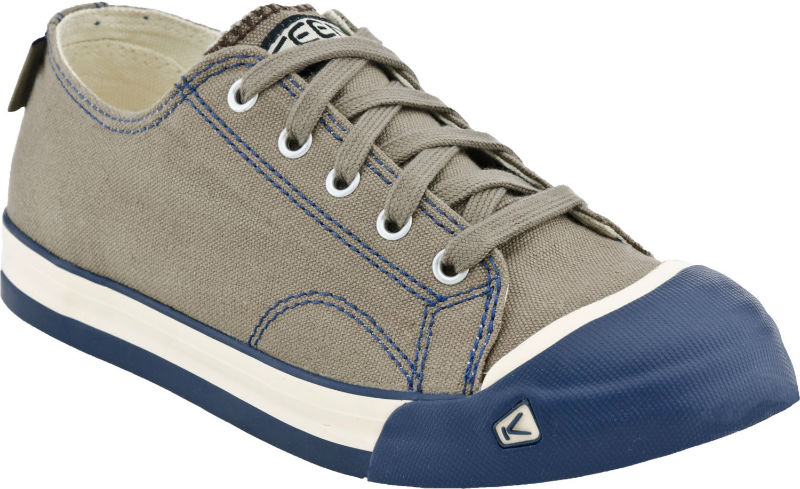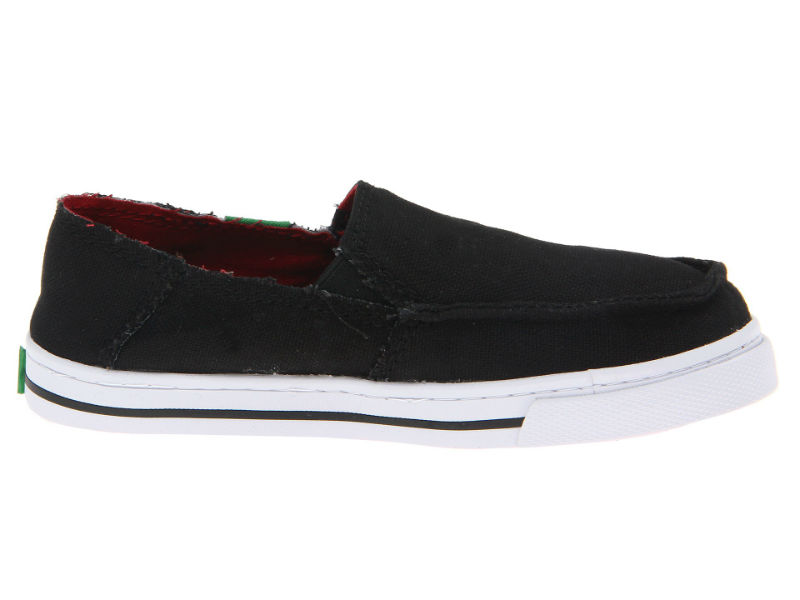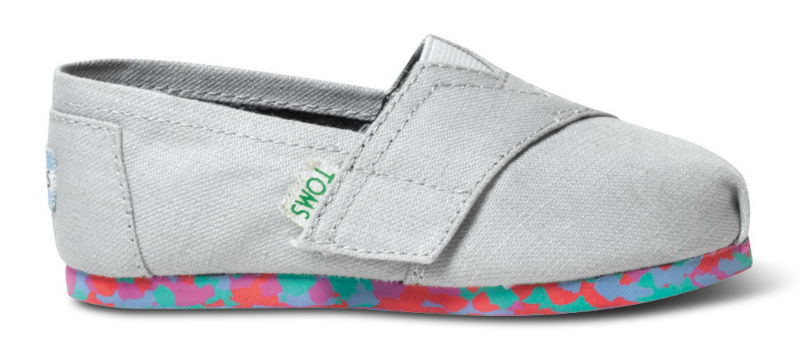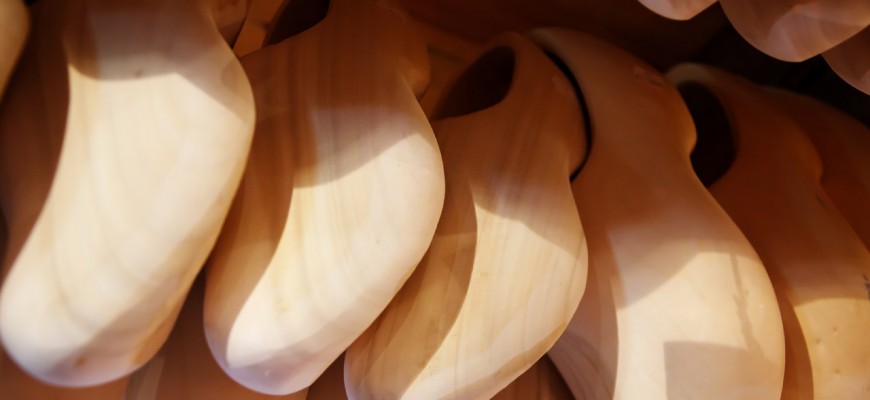Have you ever gone to synagogue on Yom Kippur, looked down at the ground and noticed something… different? Instead of modern leather shoes, many will wear “Yom Kippur shoes”: sneakers, sandals or Crocs clashing with their dressy suits and skirts.
Why the fashion faux pas with Yom Kippur Shoes?
The answer dates back to a line in the book of Leviticus, which commands, somewhat vaguely, that shoes made of leather are forbidden to be worn on Yom Kippur. In the centuries that followed, the reasons for this ban have been hotly debated: some argue that the rule pertains to physical comfort; others claim it’s financial status; more commonly, people interpret it as a purely outdated symbolic gesture and ignore it outright, preferring to stick with fasting as a way to humble themselves before G’d. There’s no debate around the origin, however: from Biblical times until today, leather shoes have been considered a luxury. This contrasts the moral groundwork of Yom Kippur, which demands Jews strip themselves of all civilized luxuries—eating, sex, perfumes, bathing and, of course, comfortable footwear, which has led to the creation of Yom Kippur shoes. The problem, some protest, is that non-leather shoes weren’t comfortable in Biblical times. (Think wooden sandals, or slippers made of cork and palm leaves.) Today that’s just not true: we’ve got synthetic sneakers and rubber sandals.
So do we follow the Bible’s literal meaning, or its implied one?
Many choose the literal one, with good reasons: wooden shoes are hard to find; outside of Israel, the weather’s much colder in October; and poor arch support can cause serious damage when you’re stomping around on hard modern concrete. By trading in luxurious leather for Yom Kippur shoes, modern Jews are still humbling themselves before G’d aesthetically and morally, but adapting the rules to fit the contemporary world. That’s what led certain shoe manufacturers to focus specifically on creating Yom Kippur shoes. Blending ancient traditions with modern logistics, it’s now possible to abide by Biblical law and not look like a 12-year-old from the ankle-down. Yom Kippur shoes are made of anything that isn’t leather, such as rubber, synthetic faux-leather and canvas. Toms and Crocs have become recently popular, though it’s hard to find affordable shoes that match synagogue attire. That’s where Yom Kippur shoes come in. Taking cues from vegan-friendly shoe designers, Yom Kippur shoes blend Jewish tradition, fashion and basic needs to ensure a smooth, modest day of atonement every Yom Kippur.
What types of shoes should we wear on Yom Kippur? If you want to learn more, like this page on Facebook or follow us on Twitter to be notified when the next article is live.



